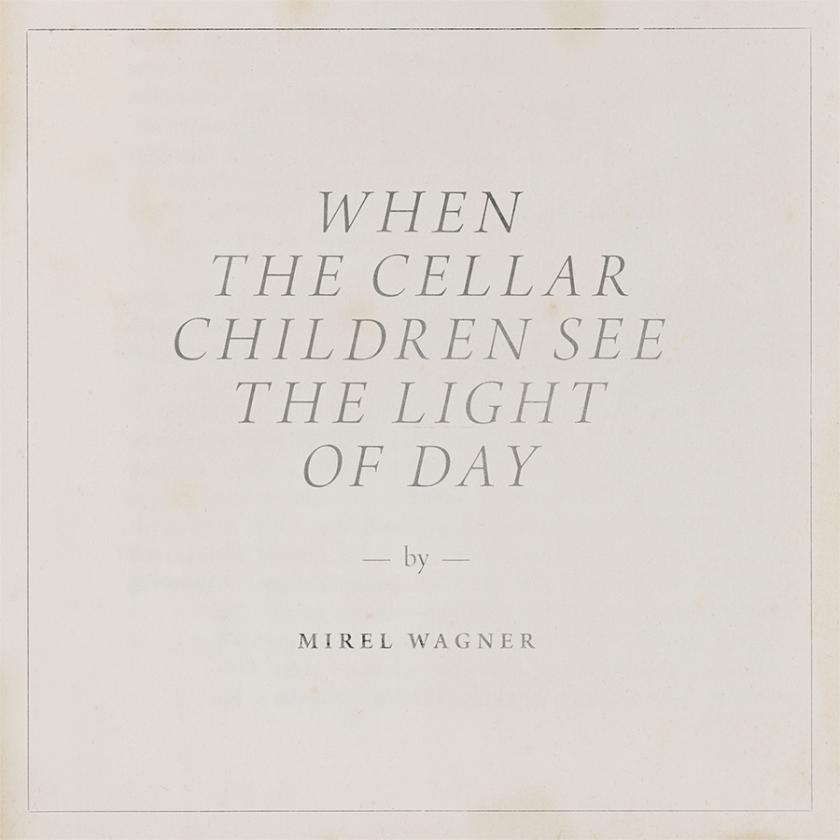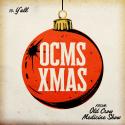I feel as though most recording artists are missing a trick when it comes to seasonal albums. Although the market for Christmas albums is - as we demonstrate here on theartsdesk annually - a growth one, there are thousands of themes out there waiting to be explored. Easter. Eid. That one Wednesday in July when the weather in Glasgow rivals that of the Med and you can only watch in envy from your office window. For her second album, Finnish singer-songwriter Mirel Wagner has produced something not unlike a Halloween album. Not the Halloween of popular culture, cutesy with cartoon ghouls and sacks of sweets, but something properly eldritch and awesome and strange.
Faced only with the title, opening track “1 2 3 4” could be a nursery rhyme but, although Wagner’s voice takes on a certain sing-song cadence in its opening lines, the sparse baseline that accompanies her words hints at something more sinister at play. In tones that sound not unlike the creaking of the cellar door her album is named for, Wagner is at once the creepy successor to whatever Tom Waits was building in there and the crone next door, scaring schoolchildren away from the secrets of the abandoned house. And that’s only track one: although the compositions rarely get more complex than the lower strings of a sparsely strummed, barely tuneful acoustic guitar they hint at melody and create atmosphere while Wagner’s vocals skirt playfully the line between knowing and childlike.
The more nuanced tracks - something almost approaching a full-on melody line in “Oak Tree”; the shimmer of cello that underpins the closing stanzas of “Ellipsis”; the unexpectedly bright major key and lingering reverb of “My Father’s House” - are interesting, but the sheer simplicity of Wagner’s songs is what makes them so arresting. Not so much as a breath is wasted here, artistic flourishes deemed unnecessary. Aptly-titled album closer “Goodbye”, on which Wagner adopts the tone of a ghostly Piaf mid-Wurlitzer death waltz, lays it on as thick as it gets - after it fades out, don’t be surprised if the silence seems comforting.
Overleaf: watch the video for "The Dirt"















Add comment